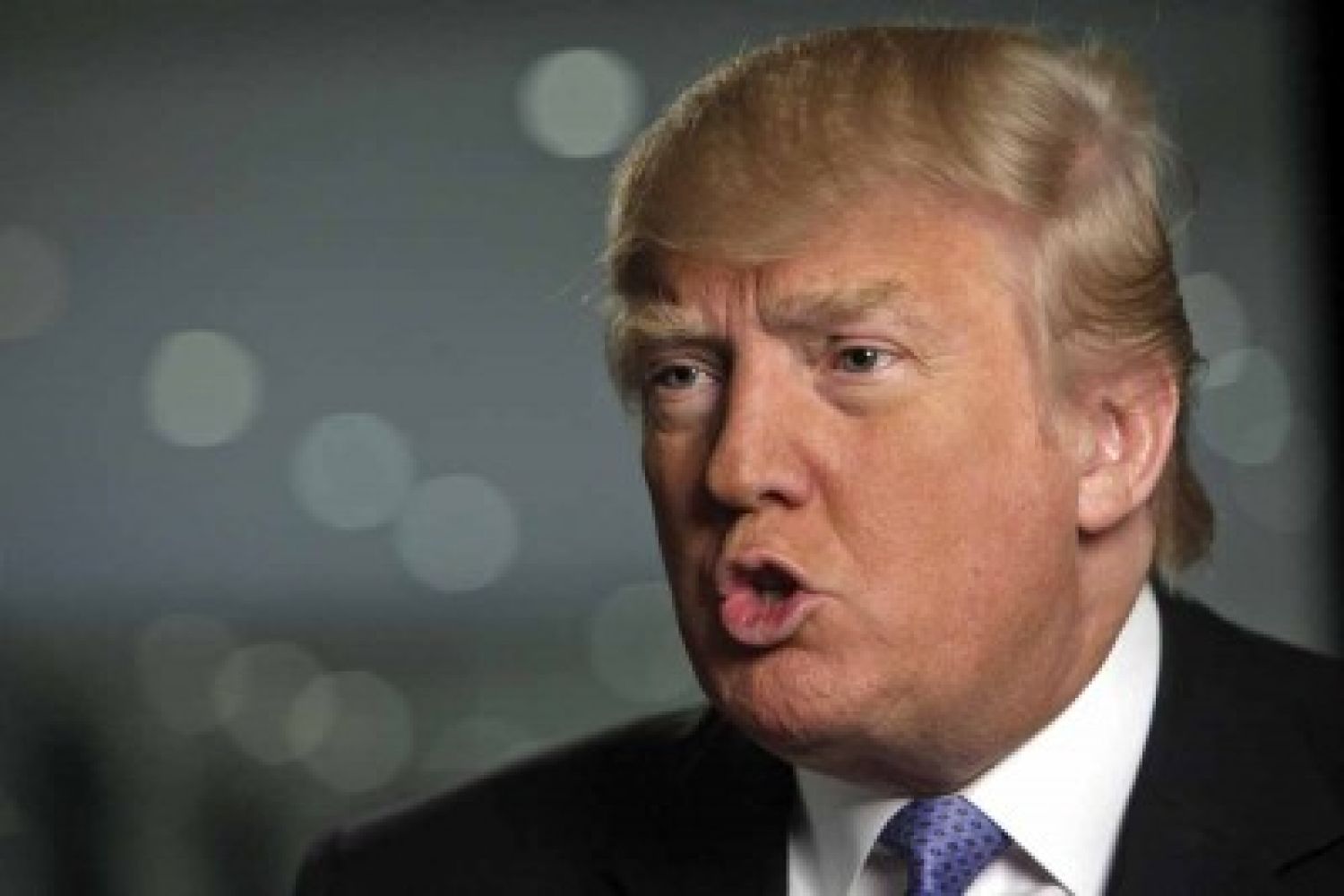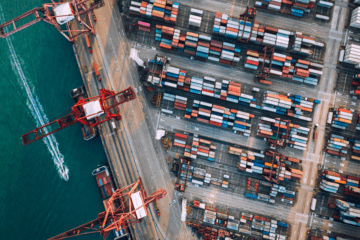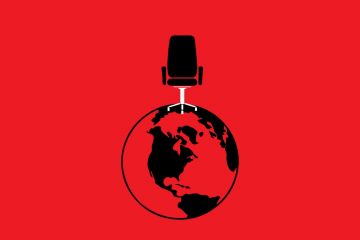
Son of a New York
business mogul of German ancestry, 70-year-old Donald Trump’s entry into
the White House is accompanied by unpredictable foreign policy initiatives,
bizarre presidential behaviour, a global security scare and high voltage
American loathing against a host of collateral targets. Ever since Trump
announced his intention to fight the US presidential poll, domestic and foreign
experts liberally focused their analysis on his toxic campaign and impulsive
conduct. Few tri
Continue reading “Decoding Donald J. Trump’s Presidency”
Read this story with a subscription.





